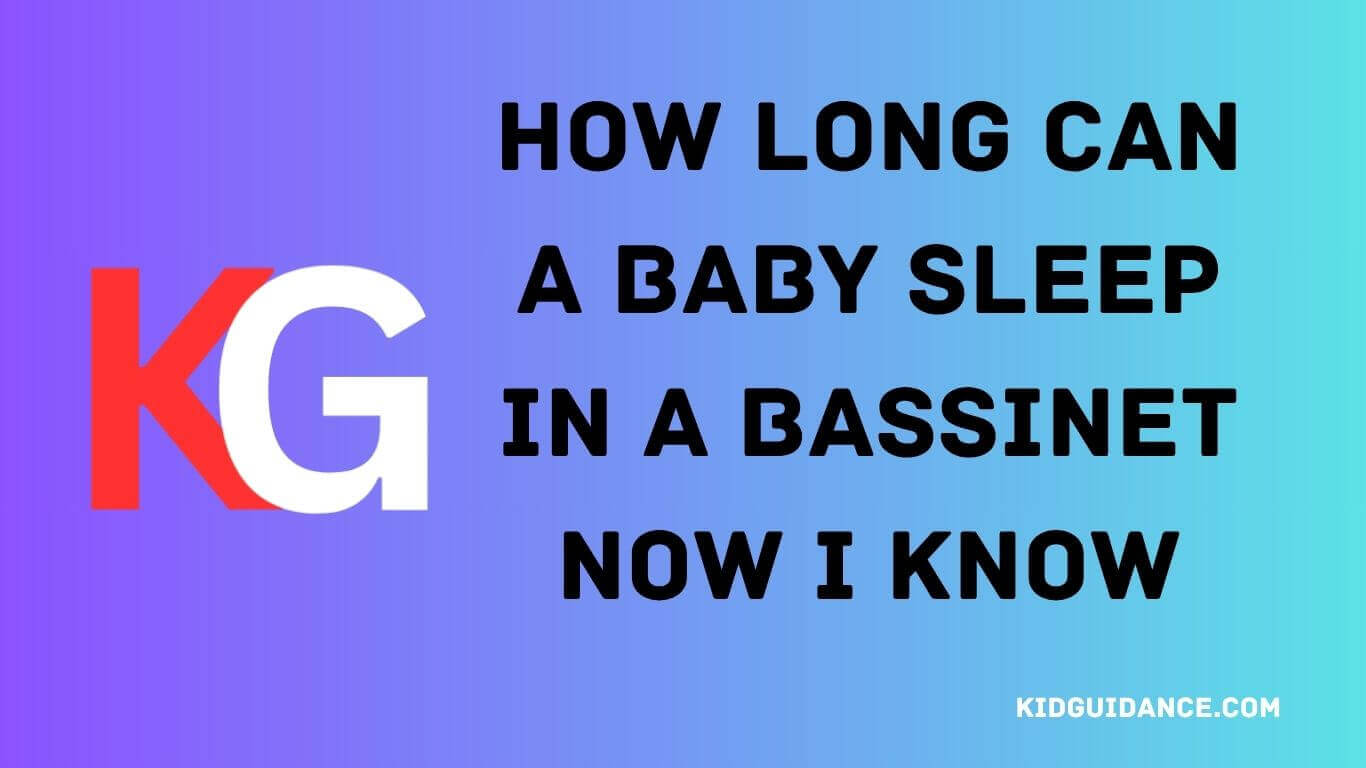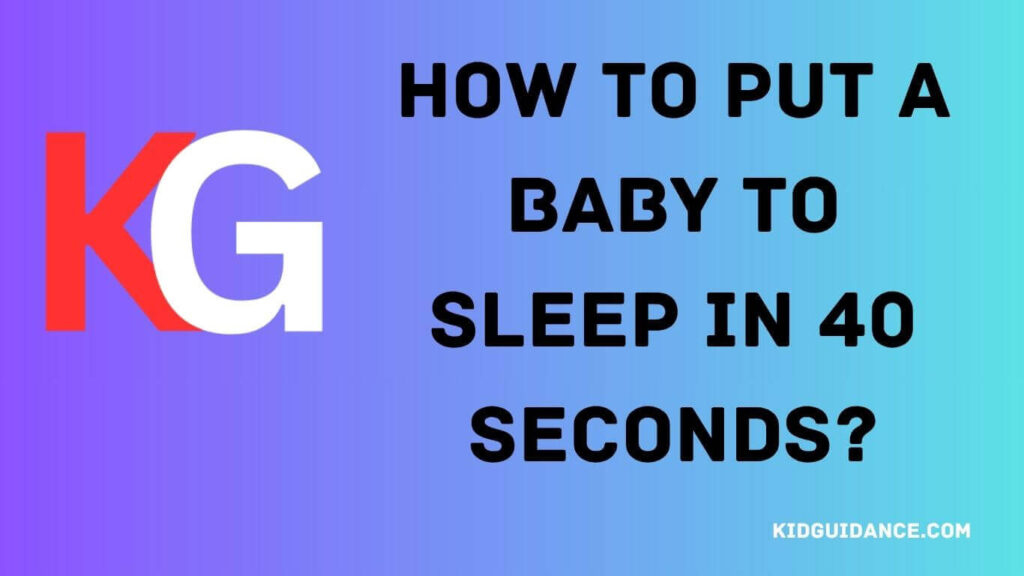How long can a baby sleep in a bassinet? I asked that same question many times in the first few weeks. I was tired, unsure, and trying to do what was best. If you’re wondering when to stop swaddling or when to move the bassinet away from the bed, you’re not alone. In this guide, I’ll share tips, signs to watch for, and real stories to help you decide when it’s time to switch. Let’s take the guesswork out and make sleep a little easier for you and your baby.
What Is a Bassinet and Why Do Parents Use It?
A bassinet is a small bed made just for newborns. It’s designed for babies in their first few months. Most parents choose it because it’s portable, compact, and fits right next to their bed.
Newborns sleep a lot but in short bursts, and having your baby close can help during those frequent night feeds. According to the American Academy of Pediatrics (AAP), room-sharing without bed-sharing is best for at least the first six months to reduce the risk of SIDS.
When to move bassinet away from bed? Usually after 6 months, or when your baby begins to roll or outgrow the bassinet, it’s time to move it further or switch to a crib.
How Long Can a Baby Sleep in a Bassinet?
Babies can typically sleep in a bassinet until around 4 to 6 months old. This range depends on their size and how quickly they hit developmental milestones like rolling over or pushing up.
Focus keyword used: how long can a baby sleep in a bassinet
Some babies may outgrow their bassinet earlier if they’re tall or heavy. Others might stay in longer if they’re petite. The key is to watch for signs and follow your instincts.
What Is the Weight Limit for a Bassinet?
Most bassinets have a weight limit of 15 to 20 pounds. But don’t just go by the scale—also check for height and mobility.
Some tall babies hit the height limit before reaching the weight max. For example, my son never hit 20 pounds early on, but he stretched out like a little yoga master, touching both ends of the bassinet at 4 months. That was my cue.
What is the weight limit for a bassinet? Check your product manual—limits vary by brand.
Key Signs It’s Time to Transition
- Rolling over – Once your baby rolls, a flat and firmer crib mattress is safer.
- Pushing up or sitting – These movements mean your baby needs more space and stability.
- Fidgety sleep – Hitting the sides often or waking more? That’s a sign.
When should a baby stop sleeping in a bassinet? When they can roll, sit up, or outgrow the space—whichever comes first.
Real tip: “My daughter started scooting in her sleep. I’d find her curled up at one end. That was my sign to switch.”
When to Move the Bassinet Away from the Bed
The AAP recommends keeping your baby in the same room for at least 6 months. But every family is different. If your baby sleeps through the night or if you’re ready to try gentle separation, you can move the bassinet away from the bed.
Start small—try a few feet away. Use a baby monitor for peace of mind. And remember, moving the bassinet doesn’t mean rushing the transition to a crib.
When to move bassinet away from bed? Around 6 months, or earlier if baby is too active or you’re ready for a change.
What Is the Longest a Baby Can Sleep in a Bassinet?
Most bassinets aren’t designed for use past 6 months. Some can go up to 7 or even 8 months if the baby is small and not rolling. But that’s the rare case.
Your baby might technically “fit,” but if they’re rolling, pushing up, or seem squished, it’s no longer a safe or comfortable space.
What is the longest baby can sleep in a bassinet? Up to 6 months in most cases. Always follow your bassinet’s safety guidelines.
Expert-Recommended Alternatives After Outgrowing the Bassinet
Once your baby is ready to move on, cribs and playpens are safe and popular choices. Cribs provide a long-term solution up to toddler years, while playpens are more versatile for naps and travel.
Never switch to swings, adult beds, or couches—these are not safe for infant sleep. Stick to firm, flat surfaces approved for sleep.
Personal Experiences from Parents
- “We switched at 5 months when our son started pushing up. It was scary at first, but he adjusted quickly.”
- “With my twins, one transitioned at 4 months, the other at 6. Every baby is different.”
These real-life stories show there’s no one-size-fits-all timeline—only your baby’s timeline.
Safety Checklist Before Transitioning
Swaddling stopped? Transition time is near.
Mattress firm and flat? Soft sleep surfaces are risky.
Baby starting to move more in sleep? They need more room.
Room too bright or noisy? Consider white noise or blackout curtains.
Not sure? Ask your pediatrician for guidance.
Final Thoughts: Trusting Your Instincts + Safety First
Transitioning from the bassinet isn’t just about checking boxes—it’s about trusting your gut. Babies grow fast, and milestones can sneak up overnight. One week they’re still, the next they’re trying to roll.
So how long can a baby sleep in a bassinet? On average, 4 to 6 months. But keep an eye on signs, follow your instincts, and when in doubt, choose the safer option.
Sleep is a journey—for you and your baby. You’ve got this.
FAQ
How long can a baby sleep in a bassinet?
A baby can sleep in a bassinet until about 4 to 6 months old. Always stop sooner if your baby rolls, sits up, or reaches the weight limit.
When should a baby stop sleeping in a bassinet?
Stop using a bassinet when your baby rolls, sits up, or outgrows the space. This often happens between 3 and 6 months.
What is the weight limit for a bassinet?
Most bassinets hold up to 15–20 pounds. Check your brand’s manual for the exact weight limit before each use.
What is the longest baby can sleep in a bassinet?
The longest most babies can safely sleep in a bassinet is around 6 months. Some may need to switch sooner based on growth or movement.
What age do babies go out of the bassinet?
Babies usually move out of a bassinet by 4 to 6 months. The exact age depends on your baby’s size and activity.
When to move bassinet away from bed?
Move the bassinet away from your bed when your baby sleeps through the night or you’re ready for gentle separation—often after 6 months.
Can a 3-month-old still sleep in a bassinet?
Yes, a 3-month-old can sleep in a bassinet if they haven’t started rolling or passed the bassinet’s weight or height limits.
Is it safe for newborns to sleep in a crib instead of a bassinet?
Yes, cribs are safe from day one if they meet safety rules. Use a firm mattress with no blankets or toys.
When to stop swaddling in the bassinet?
Stop swaddling once your baby shows signs of rolling, which often happens around 8 to 12 weeks.
How do I transition from bassinet to crib?
Start with naps in the crib, keep the routine the same, and use a sleep sack for comfort. A slow change helps babies adjust.




